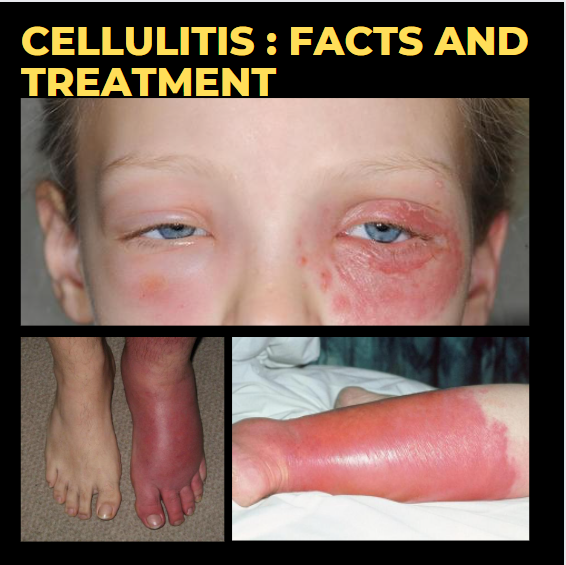
You may have heard the term Cellulitis quite often thrown around. It is such a particular and unique kind of disease that one can’t help but wonder. Cellulitis might be an infection. But when if it is left as is, it leads to so many severe conditions within the body.
What is Cellulitis, and what does it do?
Cellulitis is a severe skin condition that causes numbness, itching, or wounds. And can expose a person to many bacteria and fester the wound. A bacterial infection breaks into the skin and damages the issue; later, the bacteria migrate to other parts of the body and is very dangerous if not treatment is not done. Cellulitis even causes fever.
One thing that a man shall never do is leave his wounds untreated.
Whenever we talk about the wounds, we assume that someone cleaned and dressed the wound. In that scenario, it will not be contagious. Cellulitis is overall not infectious, but the bacteria impacts the skin and tissues underneath it. The bacteria next begin multiplying in the favorable environment of the wound. As a result, the bacteria then extend to the other organs of the body. So that many organs of the body become physically inactive and cannot perform their daily function. The bacteria, thus, can travel from one part of the body to another part of the body. Affecting all organs that it passes.
Some specific facts regarding Cellulitis:
Concerning age:
Cellulitis is not common in children as it is common in adults. It might be because of age, but also it can be because of weight gain. Thus cellulite bacteria find it easy to target the weak portion of the body. And break the skin with the bacteria.
Concerning location:
Cellulitis does not occur on the whole body at once. As discussed aforesaid, Cellulitis is mostly occurring on the leg of the person, just beneath the knee; any stiff or hurting patch of skin is Cellulitis. First, the skin breaks, and then the bacteria invade the tissue. Later the bacteria migrate from the site of the leg up to the stomach. And, at last, towards the neck region.
Some children also get Cellulitis. But commonly they get it around their eyes due to any liquid infection and easy invasion of bacteria.
Cellulitis is most likely to affect people with a high-fat distribution in their stomach area; more likely, if they are overweight, they will get this bacterial infection between skin rolls. Cellulitis : Facts and Treatment
Which bacteria cause Cellulitis and how?
There are mainly two kinds of bacteria responsible for Cellulitides: Staphylococcus and Streptococcus.
A person cannot control the growth of the bacteria in the wound. Still, sometimes the bacteria Streptococcus affects the body so harshly that organs fall prey to a new bacteria. However, that is much worse than streptococcus. Many patients complain because their typical Cellulitis changes into Erysipelas, an extreme form of cell and tissue damage. Patients of Erysipleas complain that it is much worse than Cellulitis and compare it to a flesh-eating disease.
Streptococcus bacteria have a strain that may cause MRSA. It is not a disease that one can treat quickly. Because this sort of bacteria is entirely antibiotic-proof in its operation. Thus, the medicine for Cellulitis cannot cure MRSA. However, some doctors believe that an effective medicine is antibiotics in nature and can still treat MRSA. MRSA is not untreatable, but the treatment for it continues simultaneously. As that of Cellulitis becomes tricky due to its bacterial resistance.
Treatment
Cellulitis : Facts and Treatment
The best medicine that a doctor prescribes for this condition is antibiotics or painkillers. Patients if Cellulitis should make sure not to work too much, rest properly. And take care of their diets and hygiene.
Conclusion:
SO these are some facts about Cellulitis. We hope that you found them fascinating. Stay healthy.



